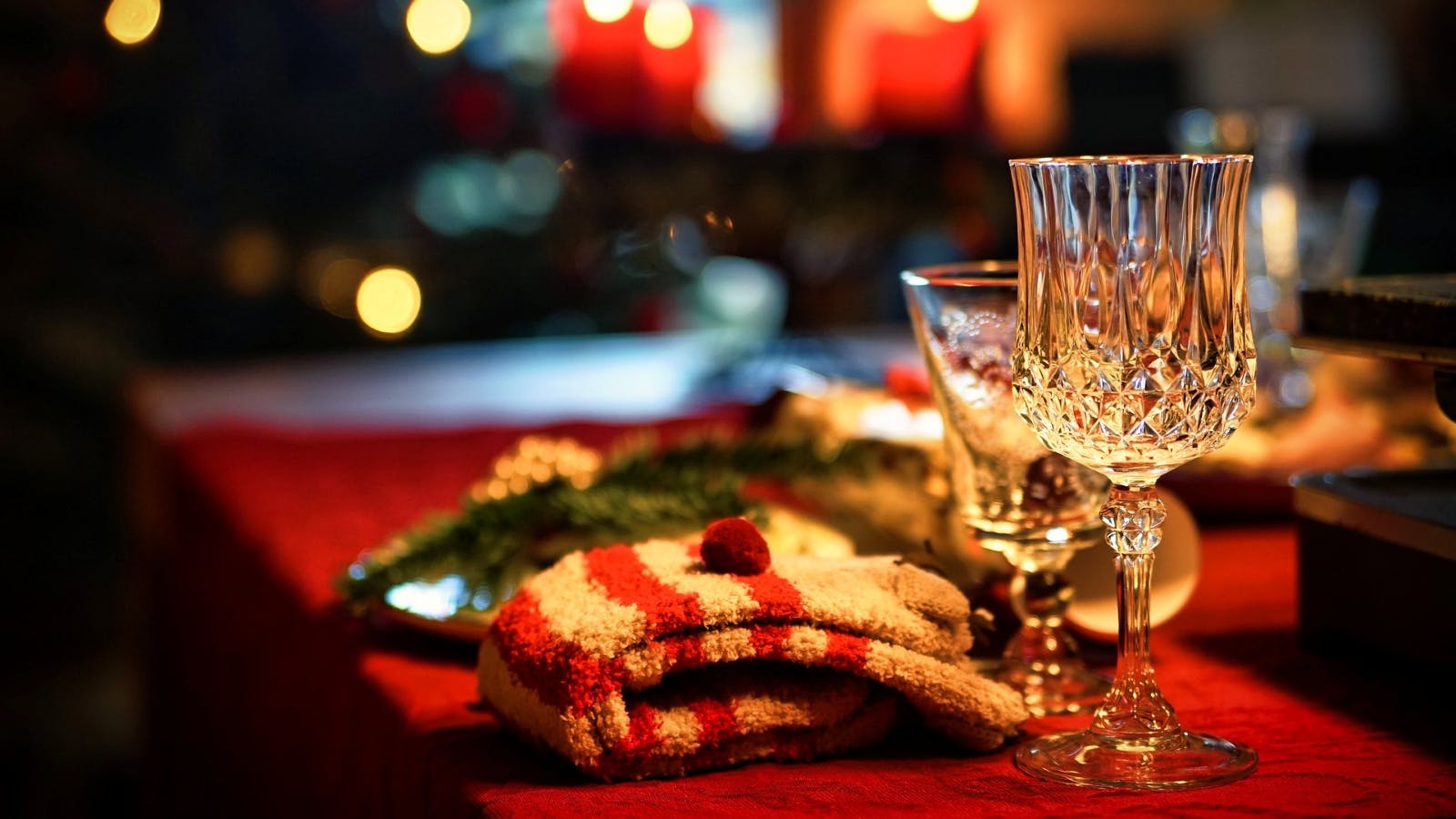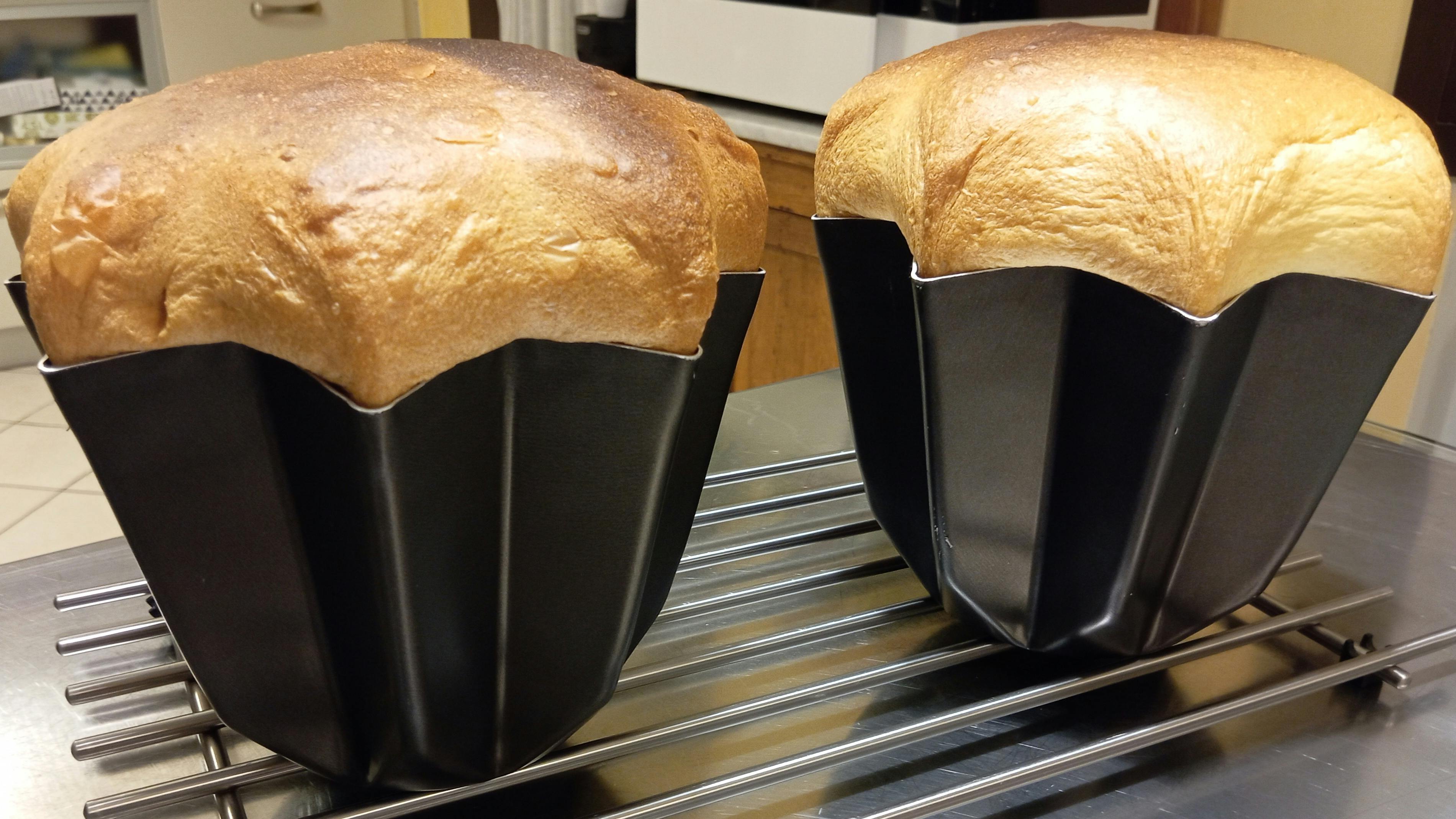

December has arrived, and with it comes the magic of Christmas, the time of year when families gather and spend time together, often around the table.
To warm up the atmosphere and take you on a journey full of Christmas spirit, we’ve prepared a series of four delicious holiday recipes. Last week, we shared the recipe for the crusted roast; today, to conclude this menu, we’ll bring you the recipe for pandoro by our Cesarina Alessandra from Preganziol (if you're more of a "panettone team" person, you can find the recipe for that here). Finally, we’ll explore the history of the Advent calendar, a tradition that surprises us every year with its creative variations.
Here are the recipes that make up our Christmas Menu 2024:
Appetizer: chicken liver crostini

Pandoro (Italian Christmas soft cake)
The soft and delicious dessert of the Veronese Christmas tradition
Ingredients
- First Dough
- 400 g of type 0 flour for pandoro W380/400
- 150 g of liquid sourdough (licoli) refreshed twice on the same day
- 150 g of water
- 100 g of egg yolks
- 125 g of granulated sugar
- 150 g of centrifuged butter
- Second Dough
- All of the first dough, risen to four times its original volume
- 100 g of flour for panettone
- 100 g of egg yolks
- 50 g of whole eggs
- 75 g of powdered sugar
- 150 g of butter
- 9 g of salt
- 25 g of honey
- 25 g of cocoa butter
- 50 g of orange paste
- 1 bourbon vanilla pod
Method
- Place all the ingredients for the first dough, except the butter, into a stand mixer.
- Knead until the dough becomes smooth, elastic, and well-incorporated.
- Gradually add the softened butter in two portions, ensuring each is fully absorbed before adding the next.
- Allow the dough to rise at 27–28°C until it quadruples in volume. This process can take 8–12 hours, depending on the strength of your sourdough starter.
Evening preparation
- Prepare an emulsion by mixing the sugar, butter, honey, cocoa butter, orange paste, and vanilla (from the ingredients listed for the second dough).
- Store the emulsion at room temperature overnight.
Second dough preparation
- Combine the risen first dough with the flour in the stand mixer and knead until the dough becomes elastic and well-incorporated.
- Add the salt, whole eggs, and egg yolks in two portions, ensuring the dough becomes smooth and cohesive after each addition.
- Incorporate the prepared emulsion in three portions, allowing the dough to return to a smooth and uniform texture before adding the next.
- Rest the final dough at 28°C for one hour.
- Divide the dough into two portions of approximately 800 g each. Fold each portion onto itself and let it rest on the work surface for 30 minutes.
- Repeat the folding process to strengthen the dough, then place it in well-buttered molds with the seam side up.
- Let the dough rise at 26°C until it reaches the top edge of the moulds.
Baking and cooling
- Bake at 170°C for 45–50 minutes, or until the internal temperature reaches 96–97°C.
- Cool the pandoro in the molds for 2 hours, then invert and hang them to dry for 6 hours.
- Once dried, store the pandoro in bags, spraying the interior of the bags with food-grade alcohol beforehand to ensure freshness.
The origins of the Advent Calendar
The Advent calendar originated in Germany in the 19th century as a Christian tradition tied to the period of preparation for Christmas. Initially, it was a domestic ritual: families marked the days until Christmas by lighting candles or making marks on the wall. These actions were meant to measure the passage of time during Advent, the liturgical period leading up to the celebration of Christmas.
The invention of the modern calendar
The transformation of the Advent calendar into a tangible object is credited to Gerhard Lang, a German publisher from Maulbronn. In 1908, Lang marketed the first printed calendar, inspired by a childhood tradition: his mother would give him a small treat each day leading up to Christmas. Lang's calendar featured religious images behind small windows, and later evolved to include the option of inserting small gifts or poems.
The evolution over the centuries
Over time, the Advent calendar has undergone numerous changes. In the 1920s in Germany, calendars featuring windows concealing sweets became popular, an element that soon became iconic. The design evolved further to include Christmas motifs, biblical messages, and small gifts. Today, the tradition is celebrated worldwide, with versions ranging from handmade calendars to commercial ones from major brands.
The Advent calendar has become an integral part of Christmas celebrations, enjoyed not only by children but by people of all ages.

